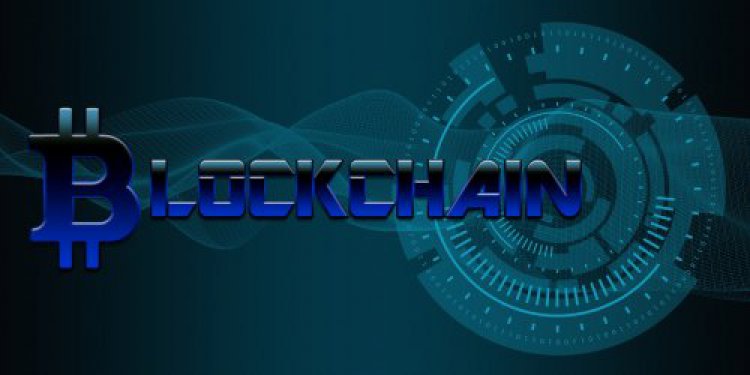April 2016 saw the first-ever blockchain in energy transaction. Since then, over 100 energy blockchain startups have opened their doors, supported by hundreds of millions of dollars of investment. Currently, startups in the space are focusing on a few use cases that may be well suited for energy. Here are a couple of those applications.
What is blockchain technology?
Blockchain is a database technology that processes and stores transaction data. Blockchain technology is good at tracking and accounting for assets. A large part of its appeal is the security it provides.
People using blockchain technology download a ledger, which is a record of the transfer of assets. These “assets” can differ depending on what industry you’re talking about. For example, the assets can be Bitcoin in the cryptocurrency market or renewable energy credits in the energy market.
Energy for consumers
One typical application area for blockchain in energy startups is power trading and crediting. Interested companies apply blockchain technology to execute and settle energy transactions on a distributed or wholesale level. These transactions, typically unbundled from the actual energy transfer, create an accounting layer or virtual economic grid.
Consumers can trade among their own devices and resources, with their neighbors, and with the grid. This concept — real-time virtual energy trading — could be automated through smart contracts. Smart contracts are digital agreements that self-execute when conditions are met.
The average American spends fewer than 10 minutes a year thinking about their electric bill, so automated trading through blockchain technology could be valuable. For example, residential customers could set their preferences for the price at which they would be willing to buy surplus power from, say, their neighbor’s solar system or a community wind farm, instead of the utility grid. They could set this and other preferences via an app, which would then be translated into smart contracts on the blockchain.

The ultimate decision to execute an exchange would come from information from the customer preferences, price signals from the grid, or power output from renewables. These transactions can maximize savings, optimize device usage, or perform grid services.
Power as a token
Another use case startups are proposing for blockchain in energy is using tokens to track electricity generating assets. Tokenizing electricity lets people share the ownership or output of renewable projects — and potentially increases liquidity in the renewable project finance market.
For example, a community wind or solar project, where the project is sold to multiple remote customers, is one such model and has already been adopted in multiple states without blockchain. But blockchain could make this structure more widespread and enable borderless transactions.
There are other potential blockchain applications in energy, such as tracking electric vehicle charging, registering renewable assets and generation, and wholesale gas and power trading. The Energy Web Foundation, a non-profit organization focused on accelerating blockchain technology across the energy sector, has identified more than 200 potential use of blockchain in energy.
However, finding the right use case is just one of many potential roadblocks for energy blockchain startups.
Cons to the coin
While there is potential for blockchain to help transform the energy sector, significant questions remain. The energy sector is highly regulated, which means many possible blockchain-in-energy applications are currently prohibited or run the risk of becoming so later.
In energy trading, for example, there’s a risk of being regulated as a utility for buying and selling power. Companies producing tokens also worry about Securities and Exchange Commission regulations. Most pilot projects to date have been implemented in places where regulators have allowed temporary “regulatory sandboxes,” or niche applications where it is currently legal.
Ultimately, we are still in the early days of blockchain in energy. Many companies are still figuring out the details of their solution, let alone their business model and regulatory strategy. And the ability of a startup to retain value and exert pricing power with their business model has yet to play out as well. But if the blockchain industry can navigate regulatory hurdles, increase privacy, lower transaction costs and find scalable business models, blockchain will be an enabler of Grid 2.0.
Fuente: www.windpowerengineering.com


Publicar un comentario